 We’ve all grown up watching Disney films, and we’re all accustomed to the storylines as well. The princess is typically an attractive young woman whom the conflict is set around. Being the “damsel in distress,” she awaits to be saved by her prince. However, what one may not realize is that Disney actually participates in this continual trend of the film industry’s underrepresentation of female lead roles as well as female discrimination. According to a study by Hanover College, only 28 percent of all characters in Disney film productions are female, and the lead female role has often been the stereotypical woman in need of aid.
We’ve all grown up watching Disney films, and we’re all accustomed to the storylines as well. The princess is typically an attractive young woman whom the conflict is set around. Being the “damsel in distress,” she awaits to be saved by her prince. However, what one may not realize is that Disney actually participates in this continual trend of the film industry’s underrepresentation of female lead roles as well as female discrimination. According to a study by Hanover College, only 28 percent of all characters in Disney film productions are female, and the lead female role has often been the stereotypical woman in need of aid.
One of the main reasons why males have always dominated the film industry is that there is a serious deficiency in female protagonists.. Research conducted by London’s Feminist Film Festival states that in the top grossing movies of 2011, 11 percent of protagonists were mixed ensembles, 11 percent of protagonists were women, and a whopping 78 percent were men.
In another study, New York’s Film Academy shows that the average ratio of female to male actors is 1 to 2.25. Now, with more female participation in the film industry than ever, we still fail to see a lack of decent roles; many of the females meet the requirements of the typical woman needing her male counterpart hero to save her and the day. Often times, we are disappointed when we do see a female appearance because of the lack of thought and effort put into her lines. This is probably because the audiences are used to the subdued female portrayals on the big screen. Female main characters seemingly only exist to serve as accomplices to the male protagonists.
On the other hand, there are exceptions. We are all familiar with Elsa, Queen of Arendelle, in Disney’s blockbuster, “Frozen.” Unlike the typical female protagonist, Elsa stands out as a strong and independent woman who doesn’t need a man. Elsa defied the Hollywood stereotype of the dependent girl who often is left as the sidekick of her heroic male savoir due to the fact that she was capable of overseeing Arendelle by herself. Setting her apart from the banal heroines offered to audience members by Hollywood producers, Elsa’s qualities are what many roles given to women lack. Another example of a stereotype-breaking female protagonist is Tris from “Divergent”. It’s apparent that Tris is a courageous individual who’s also defiant throughout the whole film. These are necessary qualities that many female roles lack but are only obtained towards the end of the film production. With breakthroughs like Tris and Elsa, it could also mean that a new trend and an audience that demands more main roles to be portrayed by women could emerge.
It is time to acknowledge the fact that females are inadequately represented. Directors have the tendency to stick to movie clichés. These clichés typically don’t include a woman as the central character because of the assumption that audiences wouldn’t be drawn to a female hero. Successful box offices from the “Frozen” and “Divergent” clearly exhibit that it is possible for motion pictures to be popular whilst having a female leading role. Since there isn’t really a risk at hand, movie makers should be encouraged to create more female protagonists. With this, a new trend consisting of more female participation in this industry could appear.
The views in this column do not necessairily reflect the views of the HiLite staff. Reach Joyce at [email protected].




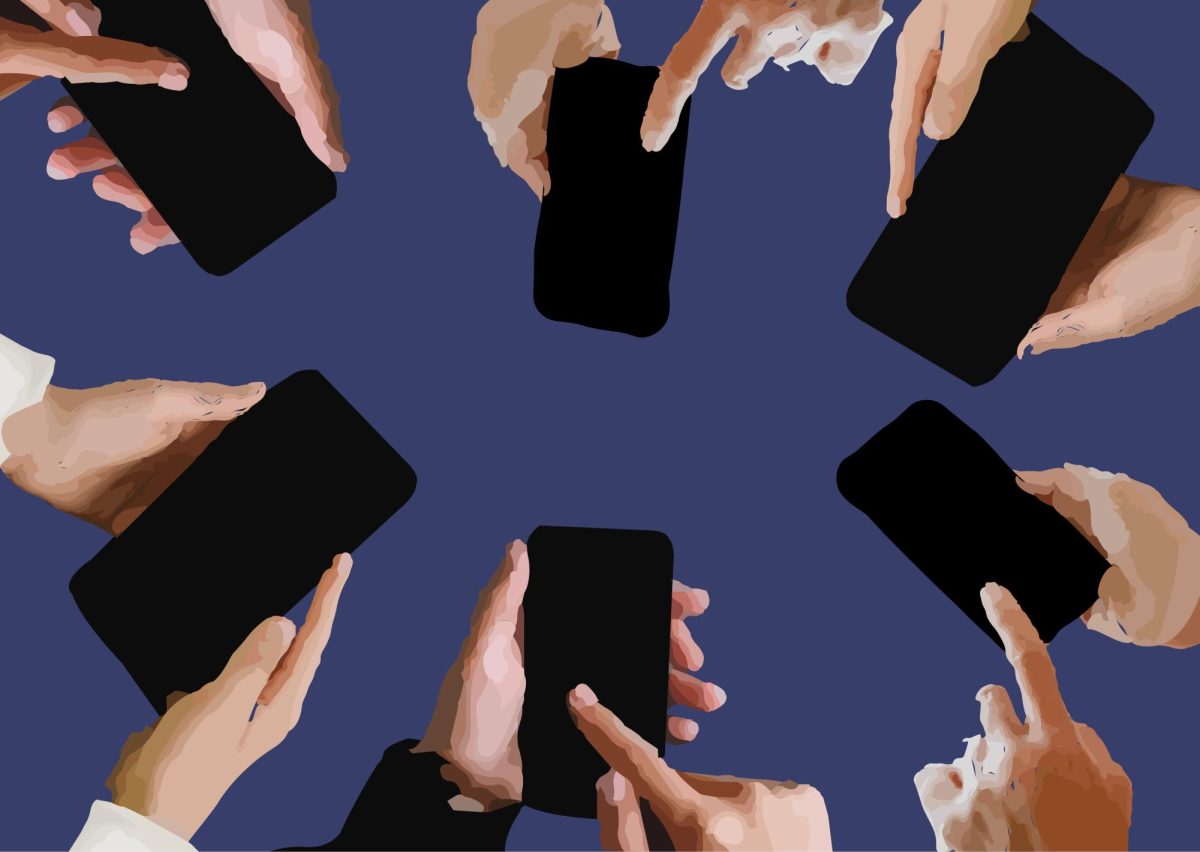





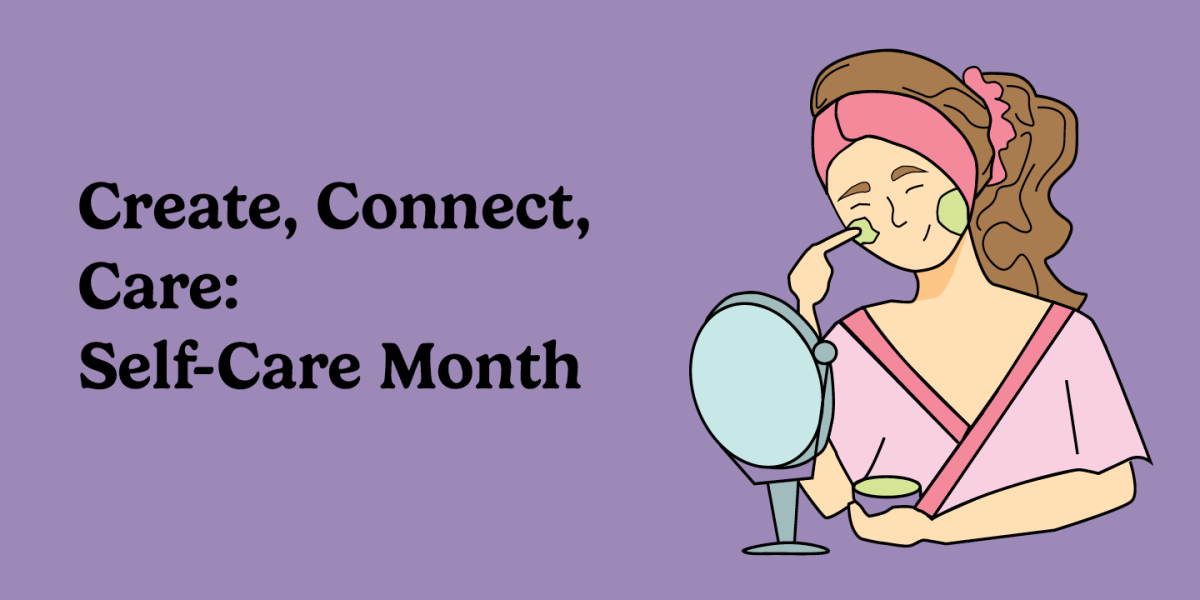
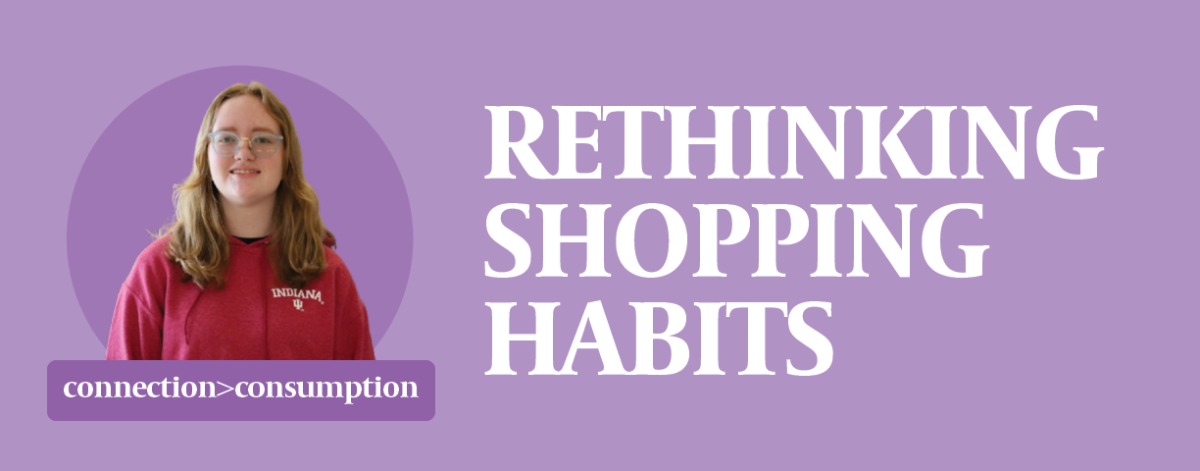







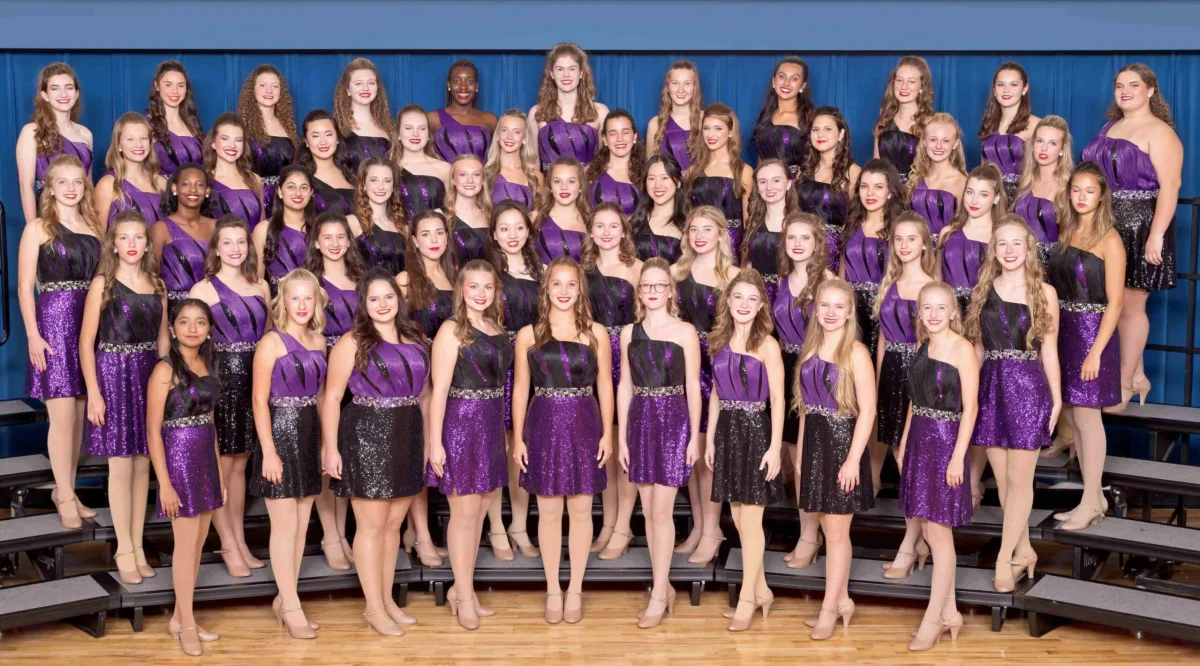


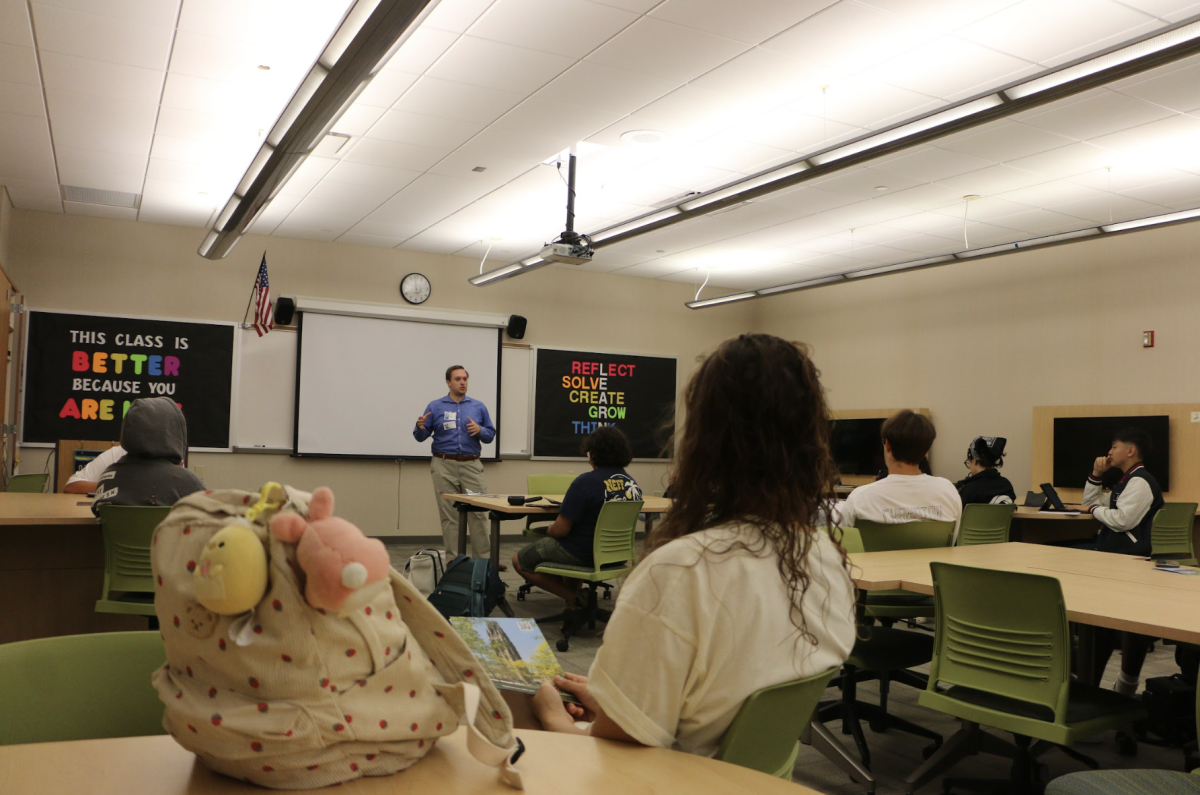
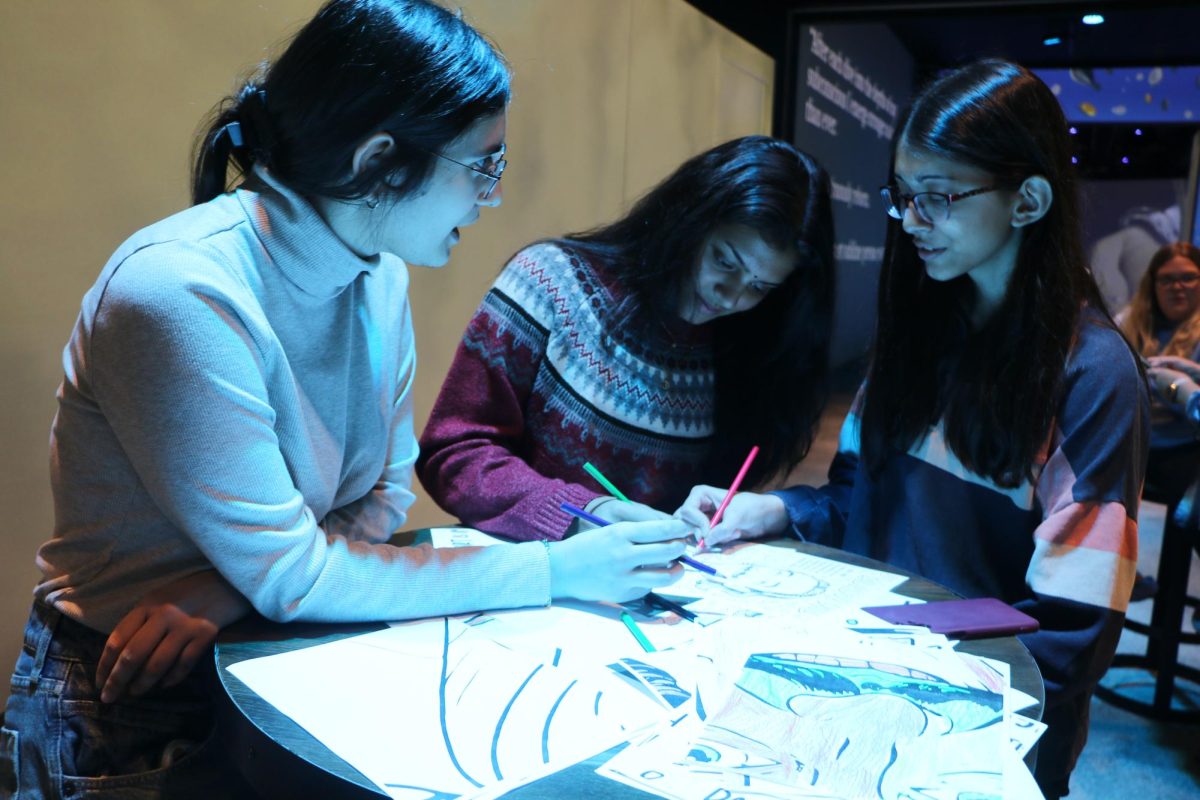







!["Wicked" poster controversy sparks a debate about the importance of accuracy versus artistic freedom [opinion]](https://hilite.org/wp-content/uploads/2024/11/riva-perspective-cover-1200x471.jpg)


![Chilling or Childish? The downfall of modern horror movies [opinion]](https://hilite.org/wp-content/uploads/2024/10/adjusted-horror-cover-1200x471.jpg)
![“Uglies” is a call for change in the YA dystopian genre [opinion]](https://hilite.org/wp-content/uploads/2024/10/Perspectives-Cover-1200x471.jpg)


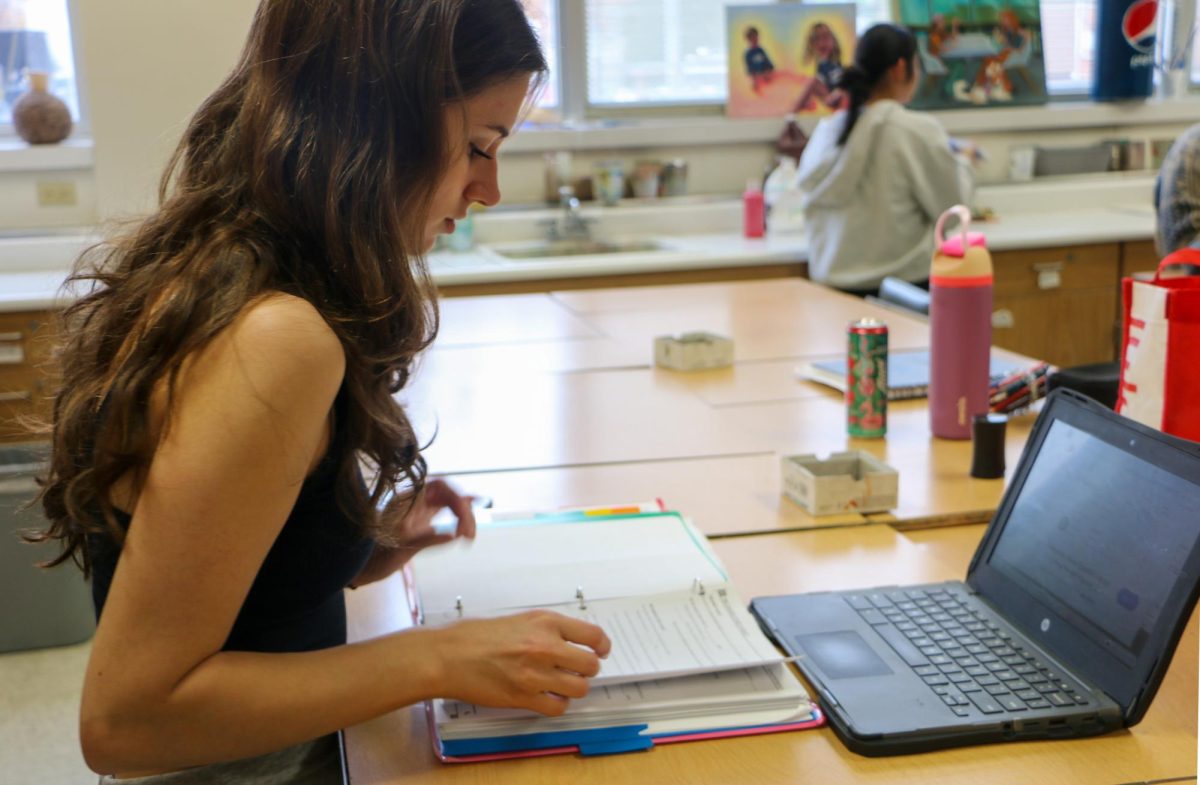

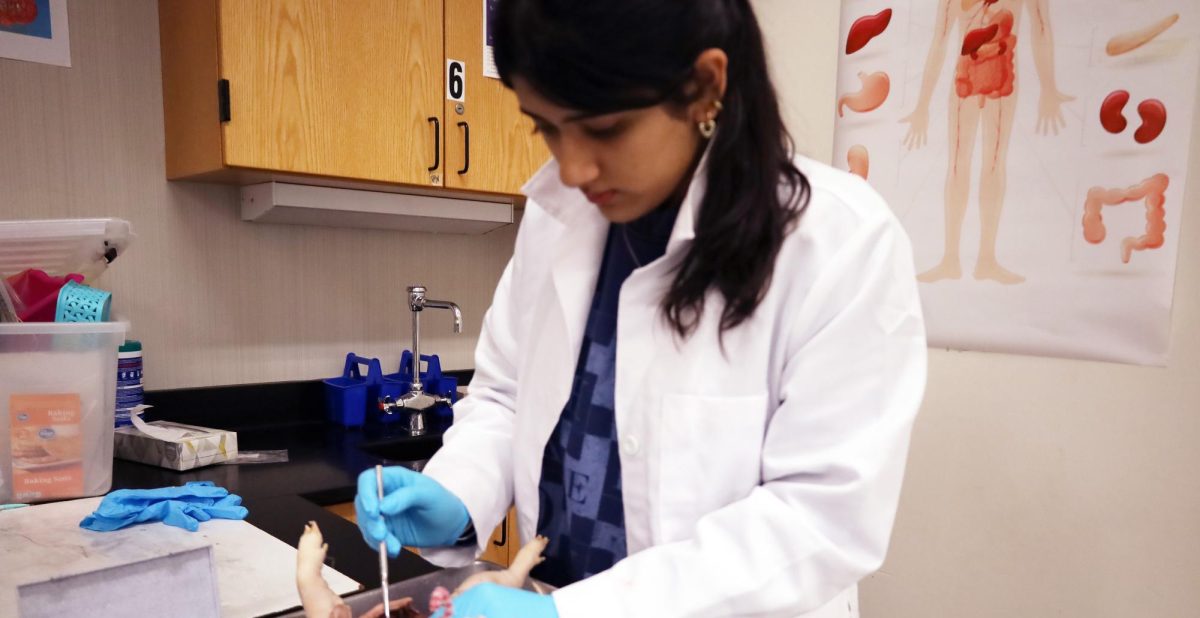






























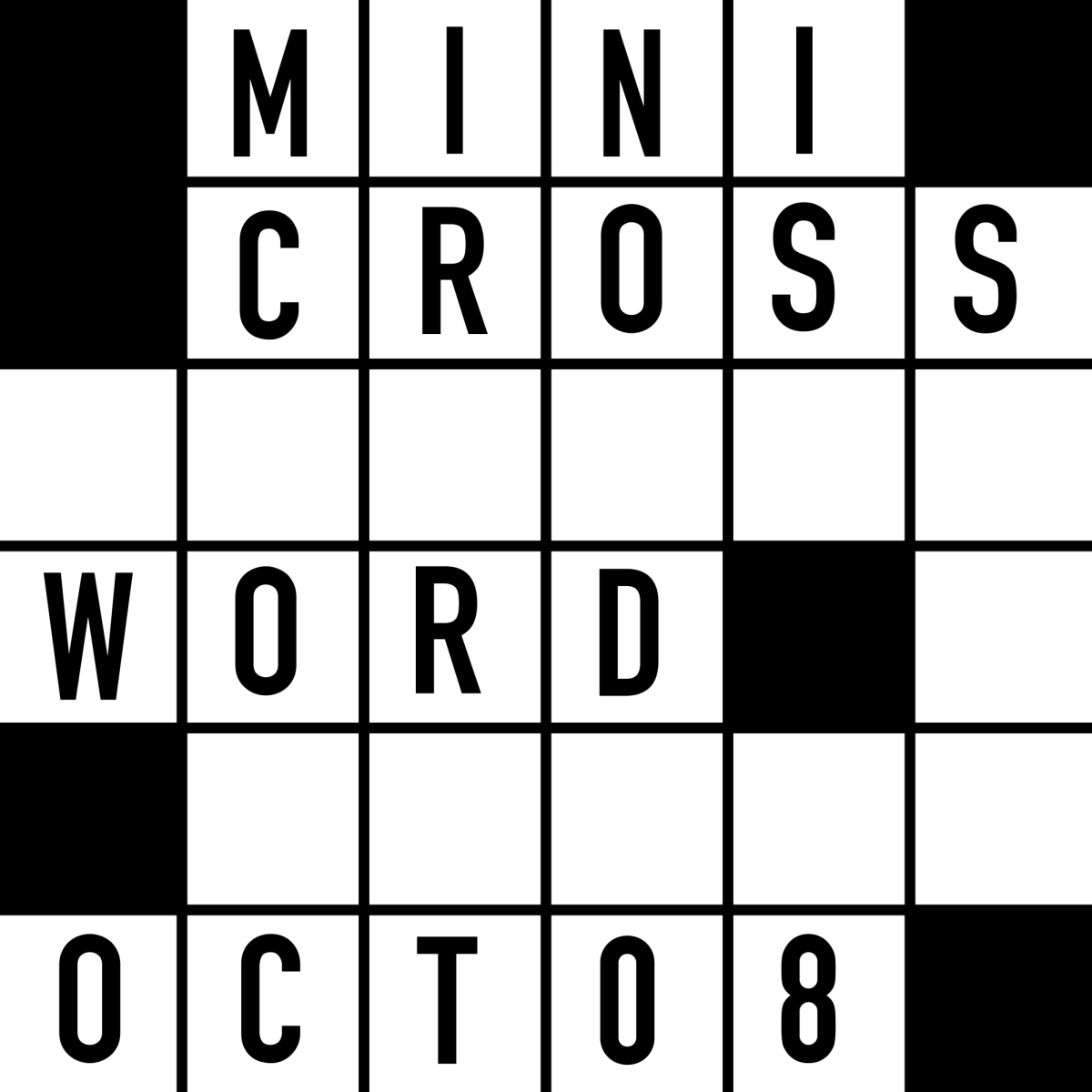








![Review: Indy Scream Park is a perfect level of spook to kickstart the Halloween season [MUSE]](https://hilite.org/wp-content/uploads/2024/11/IMG_1383.jpg)
![Review: “Saturday Night” is a chaotic and thrilling look at the origins of “Saturday Night Live” [MUSE]](https://hilite.org/wp-content/uploads/2024/10/snl-1200x800.jpg)
![Review: “Megalopolis” is a bold, bewildering mess [MUSE]](https://hilite.org/wp-content/uploads/2024/10/MV5BYTk3MjUzMGItYmU1NC00M2YyLThmNDMtNDI4NjkxNjgzMjQzXkEyXkFqcGdeQXRyYW5zY29kZS13b3JrZmxvdw@@._V1_-1200x675.jpg)
![Review in Print: Maripaz Villar brings a delightfully unique style to the world of WEBTOON [MUSE]](https://hilite.org/wp-content/uploads/2023/12/maripazcover-1200x960.jpg)
![Review: “The Sword of Kaigen” is a masterpiece [MUSE]](https://hilite.org/wp-content/uploads/2023/11/Screenshot-2023-11-26-201051.png)
![Review: Gateron Oil Kings, great linear switches, okay price [MUSE]](https://hilite.org/wp-content/uploads/2023/11/Screenshot-2023-11-26-200553.png)
![Review: “A Haunting in Venice” is a significant improvement from other Agatha Christie adaptations [MUSE]](https://hilite.org/wp-content/uploads/2023/11/e7ee2938a6d422669771bce6d8088521.jpg)
![Review: A Thanksgiving story from elementary school, still just as interesting [MUSE]](https://hilite.org/wp-content/uploads/2023/11/Screenshot-2023-11-26-195514-987x1200.png)
![Review: "When I Fly Towards You", cute, uplifting youth drama [MUSE]](https://hilite.org/wp-content/uploads/2023/09/When-I-Fly-Towards-You-Chinese-drama.png)
![Postcards from Muse: Hawaii Travel Diary [MUSE]](https://hilite.org/wp-content/uploads/2023/09/My-project-1-1200x1200.jpg)
![Review: "Ladybug & Cat Noir: The Movie," departure from original show [MUSE]](https://hilite.org/wp-content/uploads/2023/09/Ladybug__Cat_Noir_-_The_Movie_poster.jpg)
![Review in Print: "Hidden Love" is the cute, uplifting drama everyone needs [MUSE]](https://hilite.org/wp-content/uploads/2023/09/hiddenlovecover-e1693597208225-1030x1200.png)
![Review in Print: "Heartstopper" is the heartwarming queer romance we all need [MUSE]](https://hilite.org/wp-content/uploads/2023/08/museheartstoppercover-1200x654.png)





Jack Coleman • May 11, 2014 at 6:23 pm
This article was an answer to a prayer. It really helped with my English paper about the under/misrepresentation of women in blockbuster cinema. Thank you!